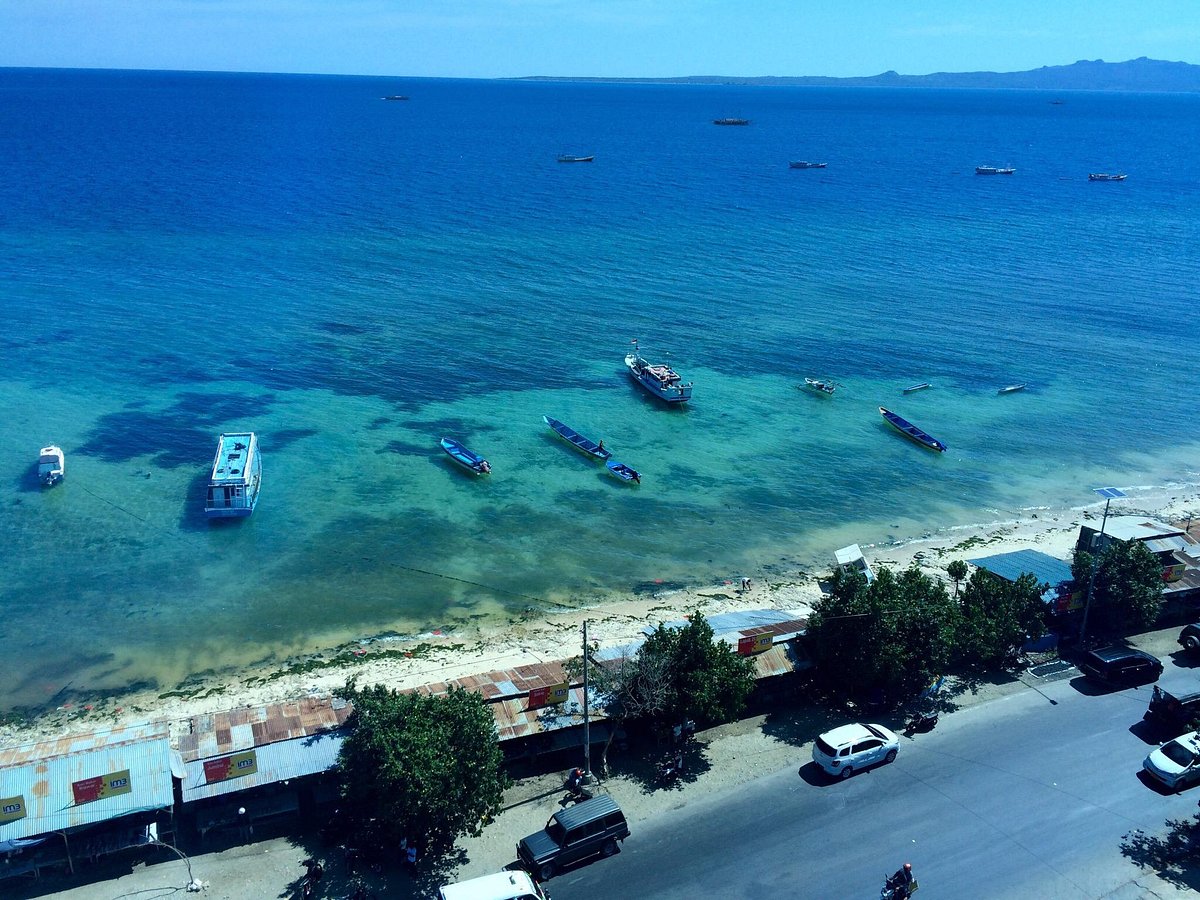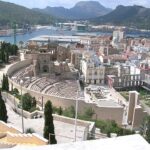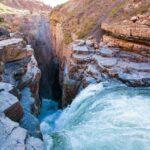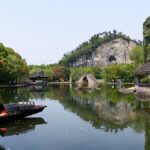Quick Bits:
Kupang, the lively capital of East Nusa Tenggara in Indonesia, offers a unique mix of cultural wonders, natural beauty, and coastal charm. Known for its scenic views, rugged coastlines, and vibrant markets, Kupang is a hidden gem waiting to be explored.
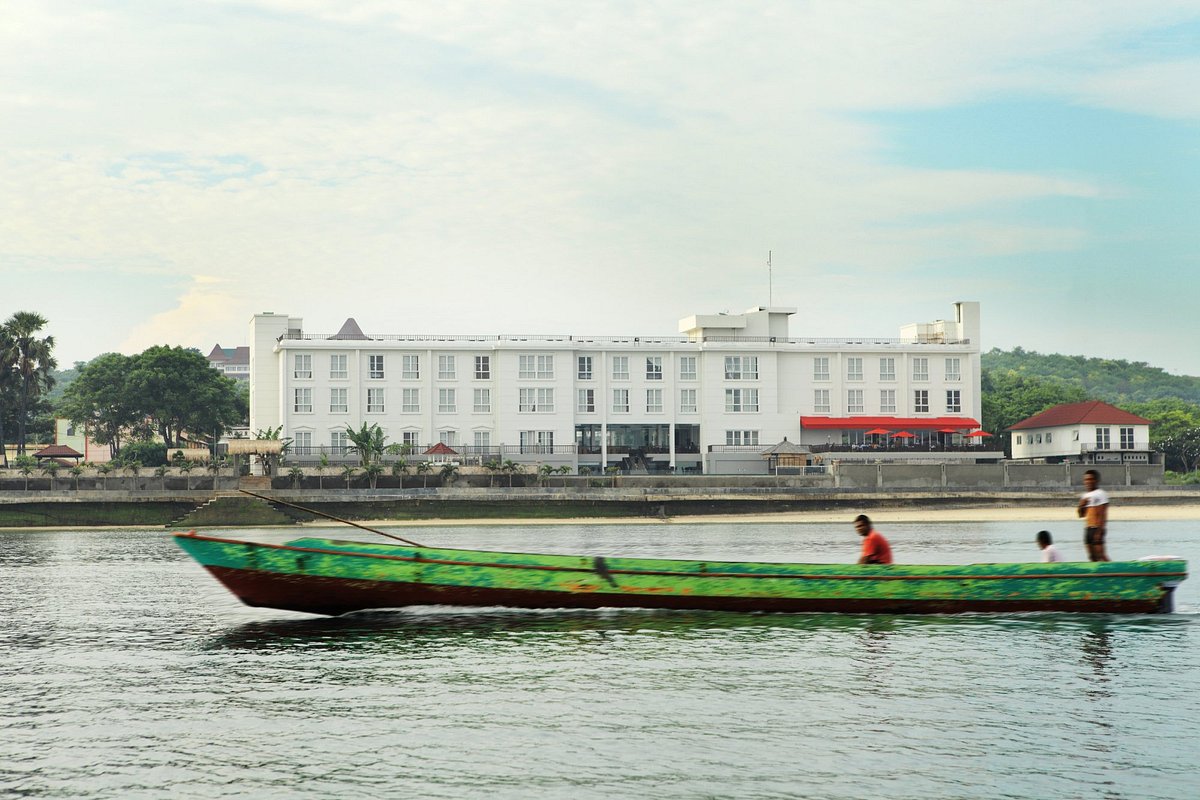
Key Highlights
- Gateway to East Nusa Tenggara’s natural wonders
-
Picturesque coastlines, waterfalls, and stunning sunsets
-
Rich cultural heritage blending local traditions
-
Fresh seafood markets and local delicacies
General Information
Kupang is the largest city on the Indonesian island of Timor. As the capital of East Nusa Tenggara, it has grown into a bustling urban center that serves as a starting point for many travelers wishing to explore the wonders of the region. Kupang has a laid-back charm, with friendly locals, an intriguing blend of cultures, and a welcoming atmosphere.
Kupang’s history is dotted with influences from Portuguese and Dutch colonial times, which have left a lasting mark on the city’s culture and architecture. The city is home to traditional markets, local crafts, and a variety of cuisines reflecting its diverse heritage.
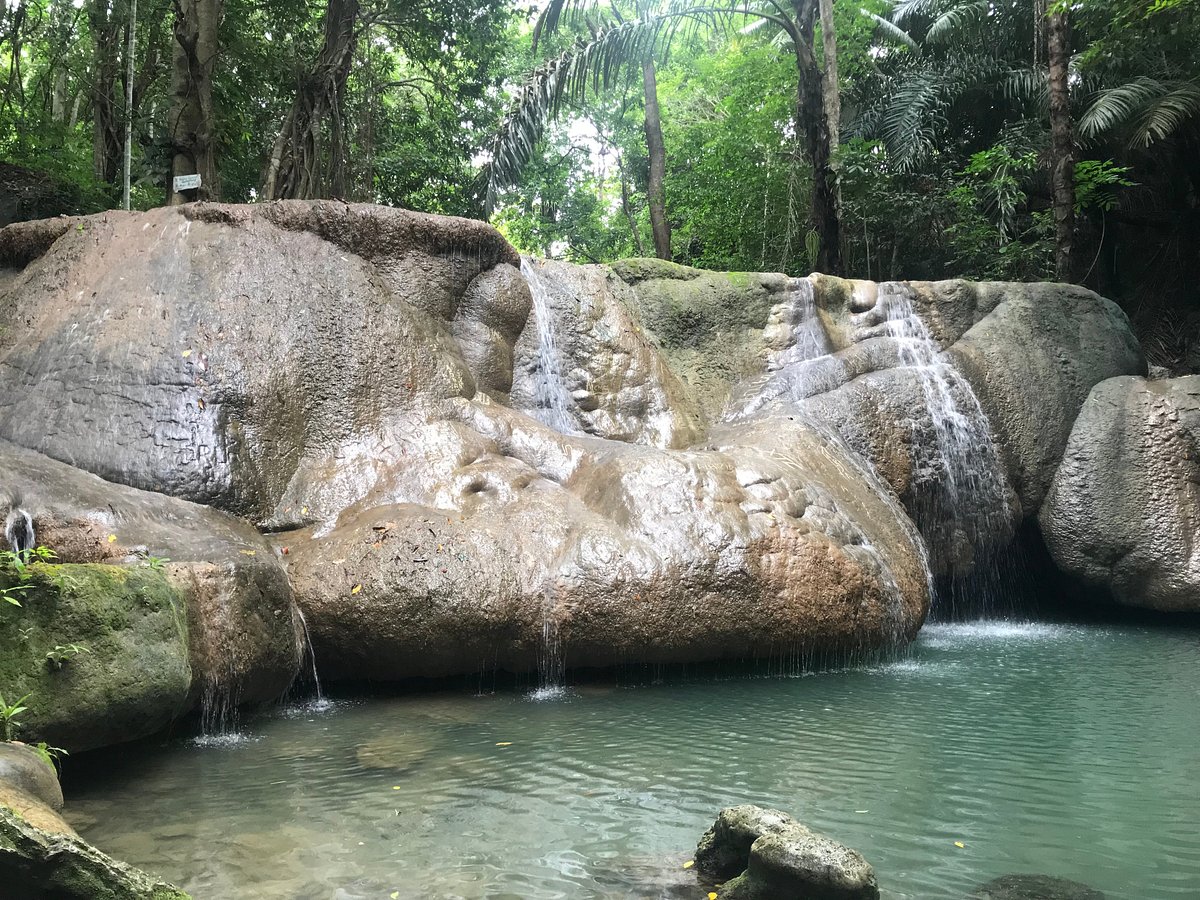
Geography Information
Kupang is located on the southwestern tip of Timor island, facing the Savu Sea. The geography features a mix of rolling hills, steep cliffs, and rocky coastlines. The city itself spreads along the coastal plain, with panoramic views of the ocean and surrounding landscape. This strategic coastal location makes Kupang a popular maritime hub, with ferries and ships connecting to other islands in the East Nusa Tenggara region.
The area’s natural landscape includes dramatic cliffs, hidden coves, and pristine beaches. Inland, lush forests and rolling hills offer scenic hiking routes. Kupang also has several natural springs, adding to its appeal for travelers seeking an escape into nature.
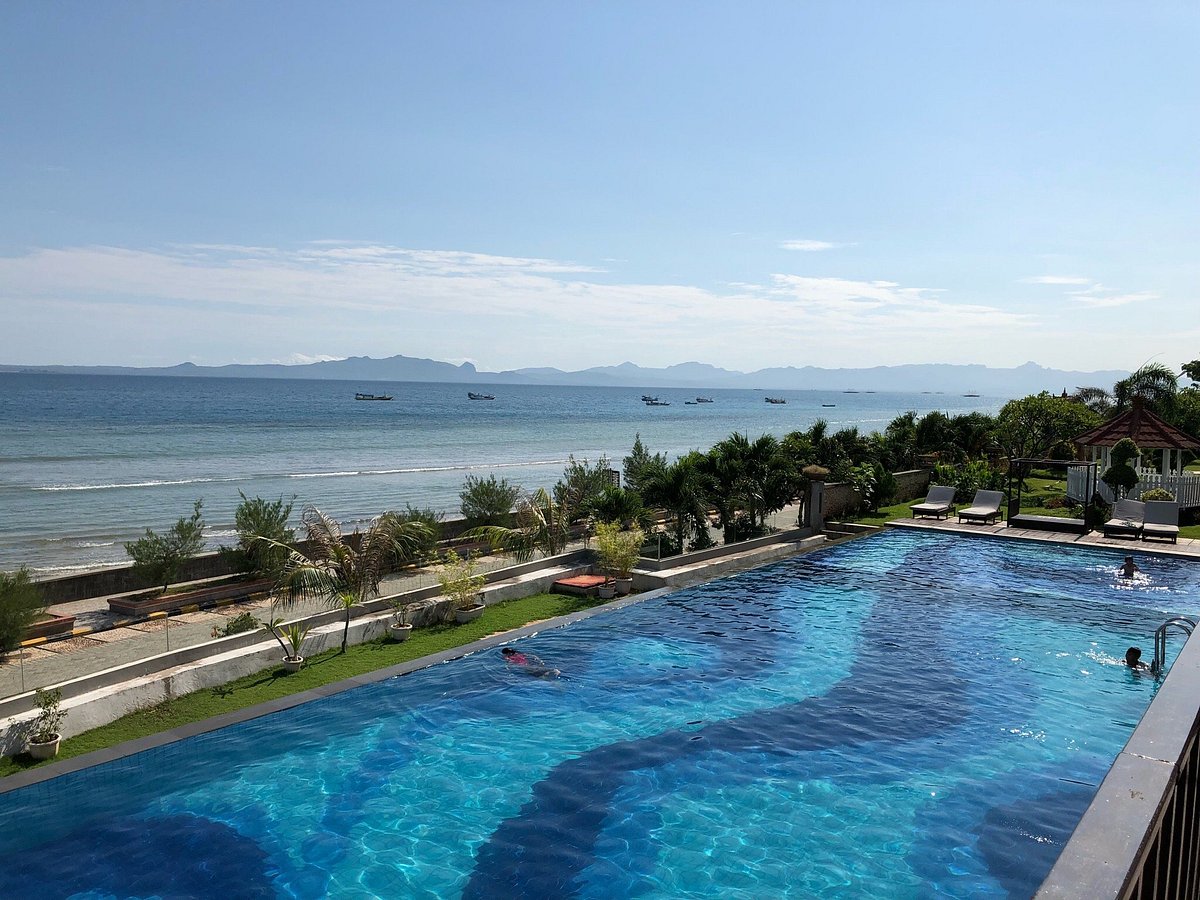
Places to Visit
Kupang offers a variety of destinations, from natural attractions to cultural landmarks.
1. Lasiana Beach
Lasiana Beach is one of Kupang’s best-known beaches, famous for its white sand and coconut trees swaying in the breeze. The calm waters make it a perfect spot for swimming or just relaxing.
2. Nostalgia Park
Located in the heart of Kupang, Nostalgia Park is a great spot to unwind. It is a favorite among locals and tourists for evening walks, picnics, and enjoying street food. The park also features a monument commemorating the city’s history.
3. Crystal Cave
Crystal Cave is an impressive underground limestone cave filled with cool, clear water. The natural pool inside the cave is ideal for a refreshing swim. The cave’s mysterious ambiance and turquoise water make it an unforgettable experience.
4. Oenesu Waterfall
Located about 17 kilometers from the city center, Oenesu Waterfall is a beautiful spot to experience Kupang’s natural splendor. The multi-tiered waterfall is surrounded by lush greenery, and visitors can take a dip in its cool pools.
5. Kupang Traditional Market (Pasar Inpres)
For an authentic local experience, visiting Kupang’s traditional market is a must. Pasar Inpres offers fresh produce, local snacks, handcrafted items, and a glimpse into the daily lives of Kupang’s residents.
6. Tablolong Beach
Tablolong Beach is a serene getaway known for its powdery sand and crystal-clear waters. It is an ideal spot for swimming and snorkeling, and during certain times of the year, visitors can witness local fishing activities.
7. Japanese Bunker
A relic from World War II, the Japanese Bunker in Kupang provides a fascinating look into the region’s wartime history. The bunker overlooks the sea, offering sweeping views of the coastline.
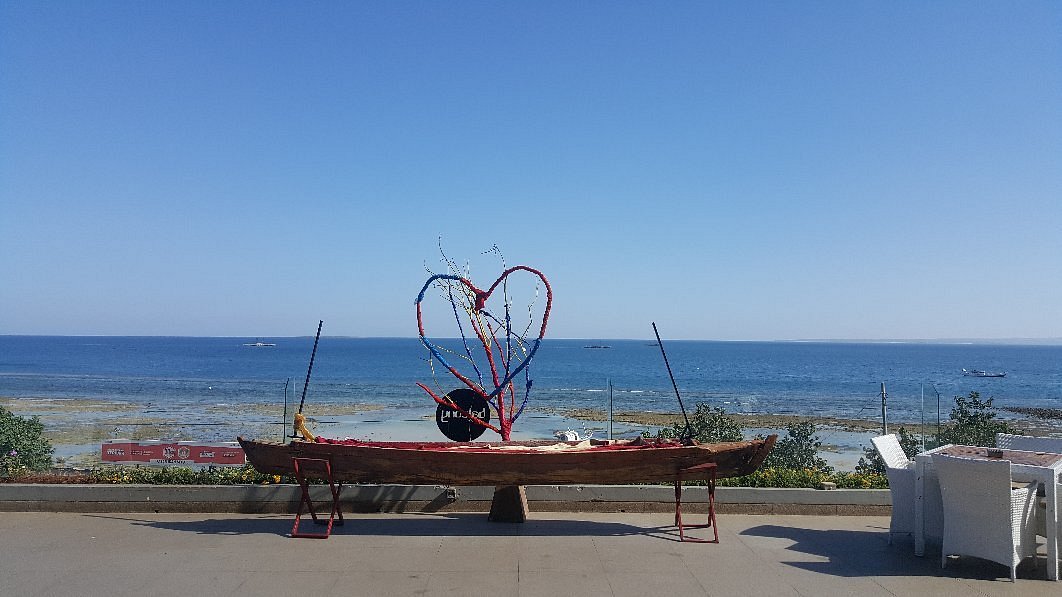
Yearly Climate
Kupang has a tropical savanna climate, with distinct wet and dry seasons.
-
Wet Season (November to April): The wet season brings warm temperatures and regular rainfall. Rain showers are usually heavy but short, and the landscape becomes lush and green.
-
Dry Season (May to October): The dry season is characterized by warm, sunny days and cooler evenings. This period has minimal rainfall, making it ideal for outdoor activities and exploring the natural attractions without weather disruptions.
Kupang experiences an average annual temperature of 28°C, with the warmest months being October and November. Breezes from the Savu Sea provide some respite from the heat, especially along the coast.
Best Time of Year to Visit
The best time to visit Kupang is during the dry season, from May to October. This period offers the best weather for enjoying the beaches, outdoor activities, and exploring the natural attractions around Kupang. The clear skies and moderate temperatures are perfect for beach-hopping, hiking, and swimming. Travelers can expect comfortable conditions for sightseeing and experiencing local culture.
For those who prefer a quieter experience, visiting in April or October can be a great option. These months mark the transition between the wet and dry seasons, offering a pleasant mix of mild rain and sunshine while avoiding the peak tourist rush.
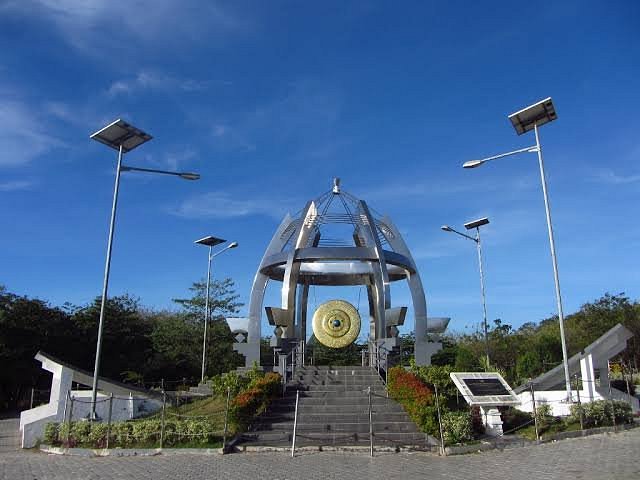
In Summary…
Kupang, located on the picturesque island of Timor, is a destination rich in culture, history, and natural beauty. From its serene beaches and scenic waterfalls to bustling markets and historical landmarks, Kupang offers an authentic and diverse travel experience. With its tropical climate, stunning coastlines, and a blend of old and new, this vibrant city is a must-visit for those who seek adventure and tranquility alike. Whether swimming in Crystal Cave’s refreshing waters or taking a sunset stroll along Lasiana Beach, Kupang promises a memorable journey into Indonesia’s natural and cultural heart.

